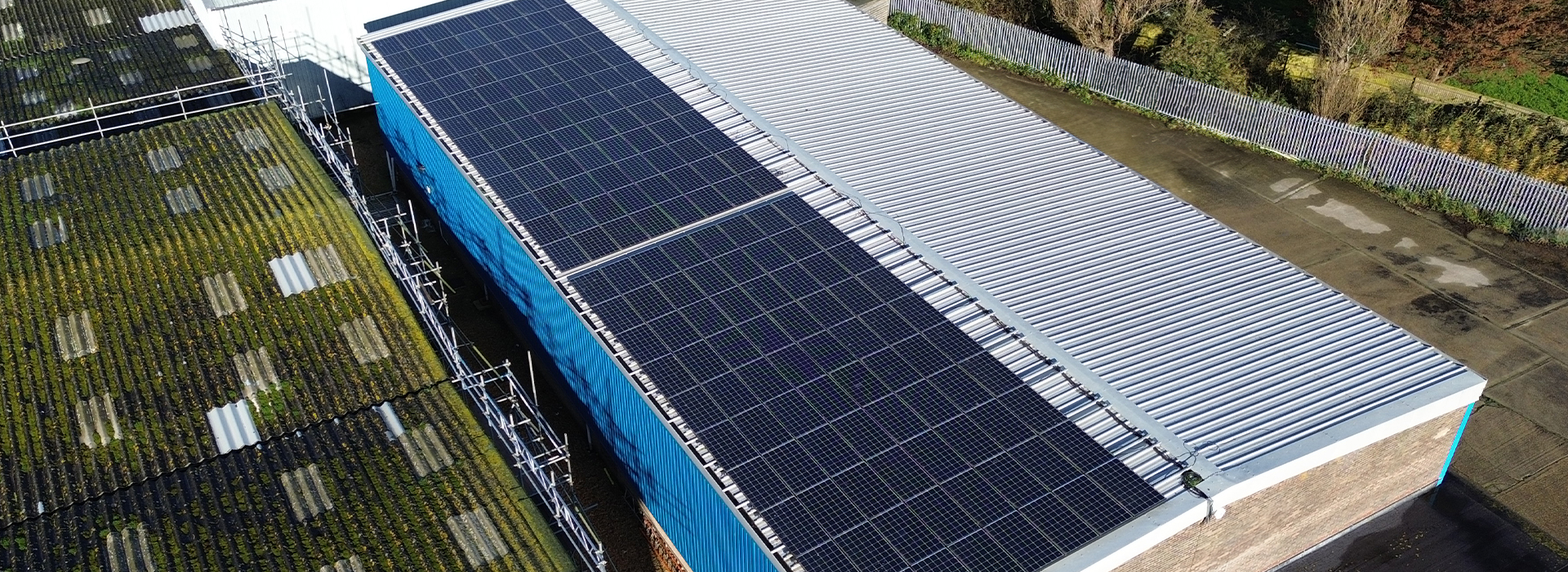The United Kingdom experiences its fair share of frosty conditions during the winter months, bringing with it a unique set of challenges for those working in various industries. Among the many safety concerns that arise during this time, one crucial aspect is often overlooked: fall protection. Regardless of the season, ensuring that adequate fall protection measures are in place is of paramount importance when working in elevated or potentially hazardous environments. In this blog post, we’ll explore why fall protection remains a critical concern in frosty UK conditions and how it can make all the difference in keeping workers safe.
Slippery Surfaces: Frost and ice
The presence of frost and ice can transform worksites into perilous zones. Slippery surfaces significantly increase the risk of accidents, particularly when working at heights. Construction sites, rooftops, and other elevated workplaces become high-risk areas. Fall protection equipment, such as guardrails, safety nets, and harnesses, plays a vital role in preventing accidents due to slippery conditions.
Limited Daylight Hours
The UK experiences shorter daylight hours during the winter, which can impact visibility. Poor visibility is a major contributing factor to accidents, including falls. By implementing high-visibility clothing, proper lighting, and reflective gear, combined with fall protection measures, workers can enhance their visibility and reduce the likelihood of accidents due to low light conditions.
Protective Gear in Cold Weather
In frosty conditions, workers often wear heavy and bulky clothing, gloves, and other cold-weather gear to stay warm. These layers can limit mobility and dexterity, which can impact a worker’s ability to maintain balance or safely secure themselves in the event of a fall. It is essential to select fall protection equipment with these conditions in mind and ensure that workers are trained on its proper use while wearing winter gear.
Cold-Related Injuries
Working in freezing conditions poses an increased risk of cold-related injuries, such as hypothermia and frostbite. In the event of a fall, a worker may be left suspended, exposed to cold temperatures for an extended period. Fall protection harnesses can play a critical role in keeping a worker safe and suspended in a secure position while awaiting assistance, reducing the risk of cold-related injuries.
Legal Compliance and Repercussions
Regardless of the weather, workplace safety regulations and compliance standards are in effect year-round. Employers are responsible for providing a safe working environment for their employees, which includes ensuring the implementation of fall protection measures. Failure to meet these standards can result in legal consequences, fines, and damage to a company’s reputation. Ensuring that fall protection is maintained during frosty conditions is not just good practice; it’s a legal obligation.
Conclusion
Fall protection is not a seasonal concern; it is a year-round necessity, particularly in frosty UK conditions. The presence of slippery surfaces, reduced visibility, and the heightened risk of cold-related injuries make fall protection all the more crucial during the winter months. Employers must invest in proper training, safety equipment, and clothing for their workers to ensure their safety, no matter the weather. Workers, in turn, should be vigilant and proactive in using fall protection gear, even when the temperatures plummet. By maintaining a steadfast focus on safety, we can ensure that workers remain protected and secure throughout the winter working season in the United Kingdom.



